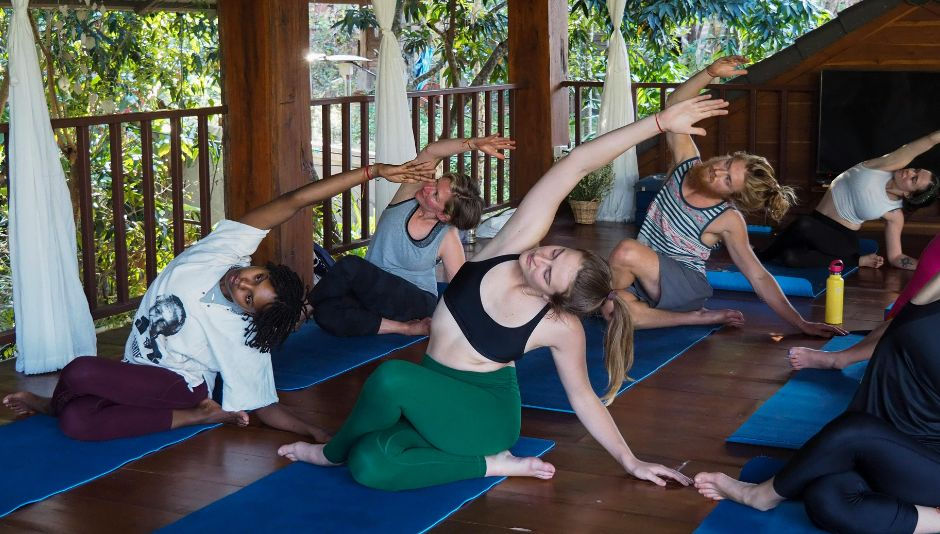Understanding your Child's Learning Style
- Rebecca O'Haire

- Aug 16, 2021
- 2 min read
All children learn in different ways, as do adults. Identifying your child’s individual learning style can be the key to helping them thrive at school and in other learning environments. Knowing the ways in which they absorb and retain information best will enable you to support them adequately at home and communicate their needs to teachers so they can get the right assistance at school. If you want to understand your child’s unique learning style, here’s some advice from a preparatory school in Hertfordshire.

Auditory learners
Some children learn best by listening to information. They may pay close attention to what people are saying and respond to words and sounds more than pictures or physical activities. If your child loves singing and having discussions with people, or playing musical instruments and generally making a noise, they might be an auditory learner.
You can help such learners by giving oral instructions when possible and allowing your child the opportunity to read aloud or listen to information. You can also help them learn through repeating words and directions, and even make use of songs to help your child remember key information.
Visual learners
Visual learners are drawn to things they can see, like the world around them, people’s faces, and images and pictures. They respond best to information presented visually, for example, through diagrams, charts or illustrations. If your child is a visual learner you might find that they love to linger over the pictures in books rather than the words, and they might also enjoy screens.
They may also have a vivid imagination and a strong sense of direction. You can help visual learners by allowing them to get creative with arts and craft activities. Using flashcards to help them remember key phrases or concepts can be a great tactic for visual learners.
Kinaesthetic learners
Kinaesthetic learners like to get involved physically in what they’re learning to help them understand information. Such learners might have difficulty sitting still for too long, and like to actively explore their surroundings to find things out.
They may be very hands-on and learn best through the process of doing and moving, so they might find the traditional desk-based education a bit boring. You can help a kinesthetic learner by giving them opportunities to move around when they’re learning, for example, by incorporating dance movement into a learning activity, or helping them learn while they’re playing in the park or kicking a football around.
Your child will probably demonstrate elements of each learning style, but likely has a dominant one which determines how they learn best.

































